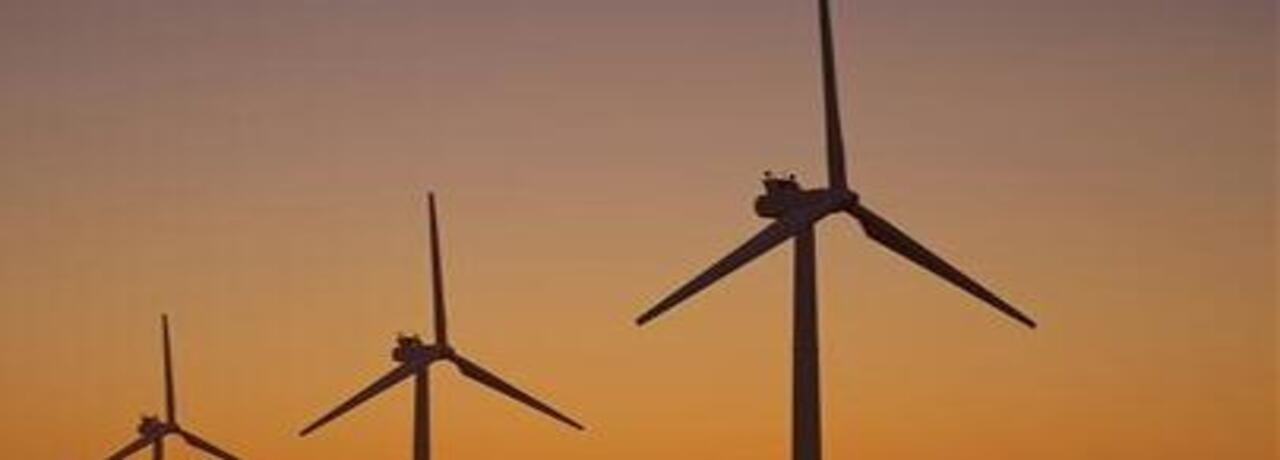Argentina’s trade surplus reached a four-year high of +USD1.13bn in April, compared to a -USD887mn deficit a year ago, boding well for the current account balance – a key vulnerability of the country. Yet, this adjustment comes at a price. The monthly economic activity index posted another fall in March (-1.3% m/m and -6.9% y/y) after two months of expansion, signaling the economy is not back on track yet. Except for agriculture (as 2018 was a bad year), most sectors were down, such as construction (-7.1% y/y), manufacturing (-13.2%) and mining (-1.8%). Thus we estimate that Argentina’s real GDP has contracted for the fifth straight quarter, by -0.2% q/q in Q1 2019. Going forward, there are few encouraging signs. Inflation reached yet another high at 55.1% y/y in April and, as a result, policy interest rates spiked at around 70%, up from 50% or so in February. Industrial production continues to contract y/y and the capacity utilization rate is still 15pp below its long-term average.















